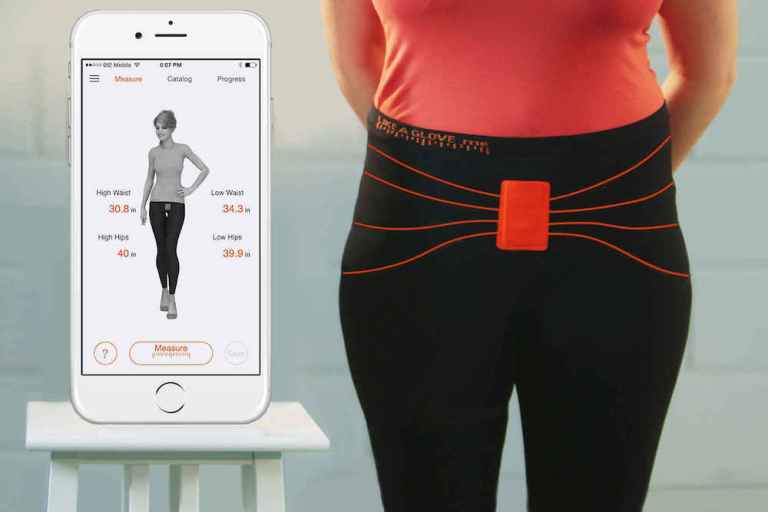
Pants. Most people wear them at some point, but few of us spend much time wondering if pants are living up to their fullest potential. We can safely say that pants have lived up to their minimum commitment as a garment — they do a great job of covering one’s lower half, for example — but even that definition is up in the air as pop icon Kim Kardashian proudly demonstrates here.
So what does it mean for pants to be doing their best work? One will likely be talking about fit or how “good” the pants make the wearer look. As anyone who has ever spent the weekend searching for that perfect pair of jeans only to realize that their legs, waist and hips all exist in exactly the wrong proportions to each other can tell you, there are a lot of way pants can go wrong.
After decades of frustration, it is no surprise that millennials en masse have started wearing a comfier, less agonizing option: yoga pants — formerly known as leggings — which, due to the magic of spandex, always seem to fit.
While spandex technology is certainly one way to deal with the problem of ill-fitting pants, it does smack of simply giving up. Plus, people cannot wear yoga pants everywhere, despite the best efforts of many. For example, one cannot make an oral argument in front of the Supreme Court while wearing yoga pants. Actually, it is probably a safe bet that one should not appear in front of any type of judge while wearing yoga pants.
And yet, yoga pants themselves may offer a clothing solution that goes beyond simple avoidance. In fact, leggings — with assistance from the Internet of Things (IoT) — may just be the fix consumers didn’t know they needed.
Finding Pants That Fit Like A Glove
The team at Like A Glove, a smart measuring garments technology company, understands that consumers need not suffer in silence when it comes to ill-fitting clothes. The company took traditional leggings that were slowly developing agoraphobia and gave them a smarter twist: using leggings equipped with smart sensors to help customers find the perfect pair of jeans.
Literally smarter than other pants, Like A Glove’s sensor-embedded yoga pants “measure your shape in [five] seconds.” Those measurements are then sent, via Bluetooth, to the Like A Glove app. The app matches customer’s measurements against its catalog of jeans, recommending brands, types and sizes they think will fit the consumer, well, like a glove.
When the customers find the perfect pair of pants — custom fitted to their dimensions —they click through to that retailer’s site and purchase.
The leggings’ pricing runs a little higher than the average pair of yoga pants at about $80 a piece or $150 for a two-pack. Customers are encouraged, however, to share the sensor-embedded leggings with friends and family — perhaps by hosting pants parties. The original customer also receives access to an expanded catalog of jeans.
Like A Glove seems primed to expand its offering of smart measuring technology to other clothing items. One of the videos on the company’s website shows a sweater in the works that measures body dimensions in the torso, giving customers the option to ensure a good shirt fit as well.
Improving Online Shopping, One Set Of Leggings At A Time
Like A Glove will not help consumers achieve enlightenment. (Believe it or not, there is a completely different set of smart yoga pants that are designed to do that.) But, Like A Glove can offer something that no other pair of yoga pants can claim — give consumers a reason to wear something other than yoga pants.
And, more seriously, Like A Glove’s sensor-embedded pants give consumers a way to try on clothes at home without actually having to try them on. One of the main holdups in online apparel shopping is that consumers do not like to “buy before they try” clothing items, mainly due to the hassle-filled process of returning items that do not fit.
Amazon launched Prime Wardrobe earlier this week for just that reason, to take away that friction point for customers. Similarly, Echo Look was created so that Alexa could weigh in how outfits look.
Give clothing and consumers a way to auto order when it is time to toss out the old stuff and bring in the new, and then you’ve got something. The approximately 2,600 consumers who participated in our How We Will Pay study told us they would welcome that experience — 15 percent of the sample overall — and 21 percent of those own more than six connected devices.
Now that’s putting the “smart” in smart clothing.